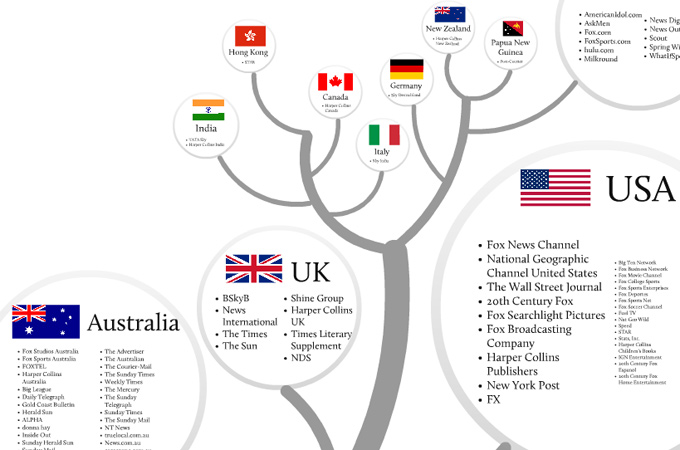https://www.bbc.co.uk/programmes/b09c189d You will need to listen to excerpts from the broadcast but the focus will be considering industry matters and audience response

This is a Targeted Close Study product for which you will need to focus on the following areas of the Theoretical Framework:
Media Industries
Media Audiences
You will need to listen to excerpts from the broadcast but the focus will be considering industry matters and audience response.
Life Hacks is an example of a transitional media product which reflects changes in the contemporary media landscape (it is the replacement for a previous, similar programme, The Surgery). Life Hacks is both a traditional radio programme with a regular, scheduled broadcast time, but is also available online after broadcast for streaming and downloading. The broadcast itself and the accompanying website provides opportunities for audience interaction, which is central to the programme’s address to its audience. Life Hacks also exemplifies the challenges facing the institution as a public service broadcaster that needs to appeal to a youth audience within a competitive media landscape.

https://yougov.co.uk/topics/politics/articles-reports/2019/12/16/do-britons-trust-press
https://www.opendemocracy.net/en/ourbeeb/if-dissensus-is-new-normal-in-britain-we-need-new-media/
Media Industries
• Life Hacks is a Radio 1 product and therefore has a public service status as part of the BBC.
• Identification of funding for Radio 1 through the license fee, concept of a hypothecated tax.
• Issues around the role of a public service broadcaster – how does Life Hacks reflect the need to represent the nation. Arguments over the need for addressing a youth audience
already catered for commercially.
• Consider the programme as distinctive in its public service remit.
• The influence of new technology on media industries – Life Hacks as multi – platform media product.
Media Audiences
Life Hacks is reflective of the way the industry targets niche audiences and provides an opportunity to consider industry regulation and the availability of new technology shapes audience targeting and response.
• What techniques does the broadcast use to target a youth audience?
• Consider the way that external factors – such as demographics and psychographics – are likely to also affect audience response and produce differing interpretations
• Consider the opportunities for audience interaction and self-representation
• cultivation theory including Gerbner
• reception theory including Stuart Hall and Clay Shirky‘s theory around ‘the end of audience’
Social and cultural contexts
Life Hacks reflects an acceptance of diversity and a degree of openness in contemporary culture around personal, social and identity issues.































